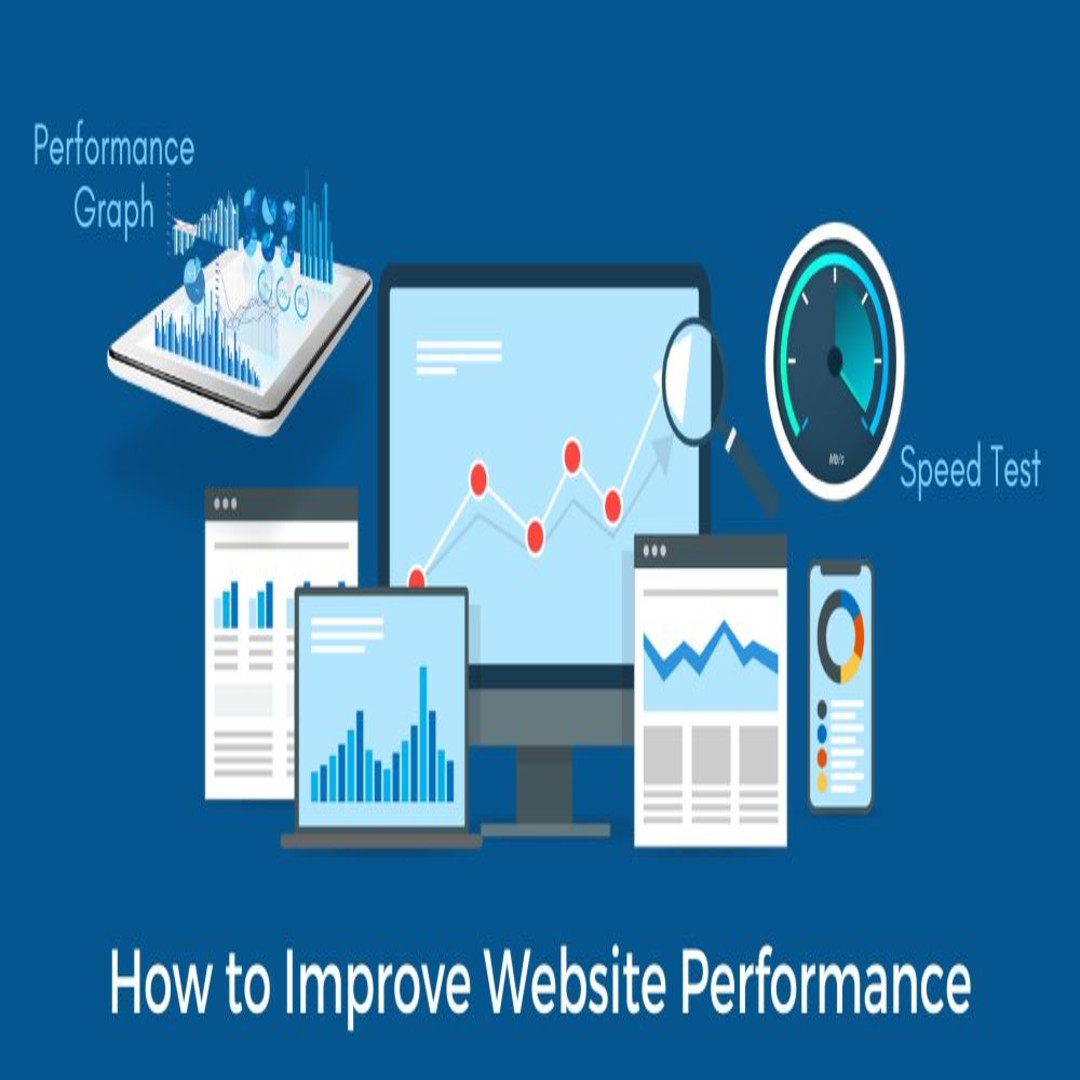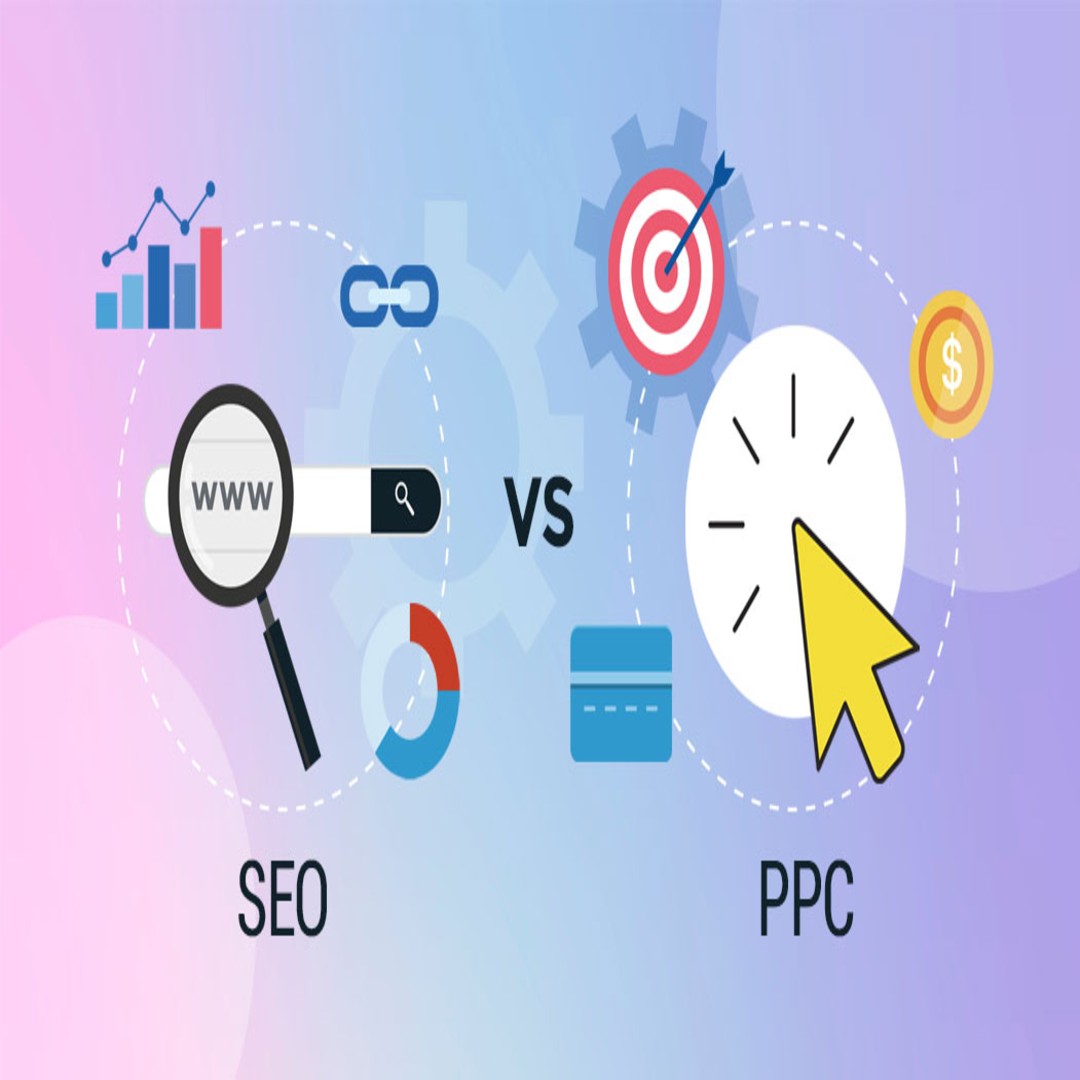
How to Improve Website Speed and Performance for Better SEO
Website speed plays a crucial role in determining search engine rankings and user experience. A fast-loading website not only enhances visitor engagement but also boosts SEO performance. If your site takes too long to load, visitors may leave before they even see your content. In this guide, we'll explore effective strategies for website speed optimization to improve your rankings and user satisfaction. Why Website Speed Matters for SEO Google considers page speed a ranking factor, meaning slow websites can be penalized in search results. Faster websites enhance user experience, reduce bounce rates, and increase conversions. Here are key reasons why website speed optimization is essential for SEO performance: Better User Experience – Users expect pages to load quickly, and a slow site can lead to frustration and higher bounce rates. Higher Search Rankings – Google prioritizes websites with faster loading times in its search results. Increased Conversion Rates – Studies show that faster websites lead to better engagement and increased sales. How to Optimize Website Speed for Better SEO 1. Optimize Images and Media Files Large images and media files can slow down your site. Use tools like TinyPNG or ImageOptim to compress images without compromising quality. Implement next-gen formats like WebP for improved load times. 2. Enable Browser Caching Caching allows browsers to store some elements of your website so that returning visitors experience faster load times. Configure caching settings in your website's .htaccess file or use a plugin like WP Super Cache. 3. Minimize HTTP Requests Each webpage element, including images, scripts, and CSS files, requires an HTTP request. Reducing these requests speeds up loading times. Combine CSS and JavaScript files and remove unnecessary elements. 4. Use a Content Delivery Network (CDN) A CDN distributes website content across multiple servers worldwide, ensuring faster access for users in different locations. Popular CDNs include Cloudflare, Akamai, and Fastly. 5. Optimize Server Response Time Your server's response time affects website performance. Choose a reliable hosting provider, optimize your database, and minimize server-side processing to improve load times. 6. Enable Compression Compressing files reduces their size and improves loading speed. Gzip compression is commonly used to shrink HTML, CSS, and JavaScript files, making them load faster on browsers. 7. Reduce Redirects Too many redirects can slow down your website. Audit your site for unnecessary redirects and remove them to enhance performance. 8. Implement Lazy Loading Lazy loading ensures images and videos load only when users scroll down to view them, improving page speed and performance. 9. Optimize CSS and JavaScript Minify and defer JavaScript to reduce render-blocking issues. Use tools like CSSNano and UglifyJS to streamline CSS and JavaScript files. 10. Regularly Monitor Website Performance Use tools like Google PageSpeed Insights, GTmetrix, and Lighthouse to analyze and improve website speed. Regular monitoring helps detect issues before they impact SEO rankings. Conclusion Improving website speed and performance is essential for enhancing SEO performance and user experience. By implementing the above strategies, you can optimize loading times, boost rankings, and increase conversions. Regularly audit your site’s speed and make necessary adjustments to ensure peak performance.




